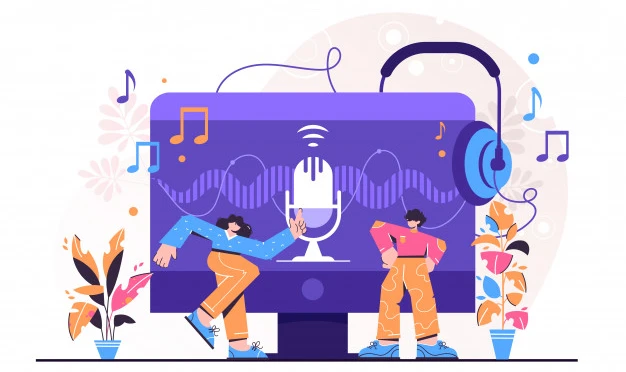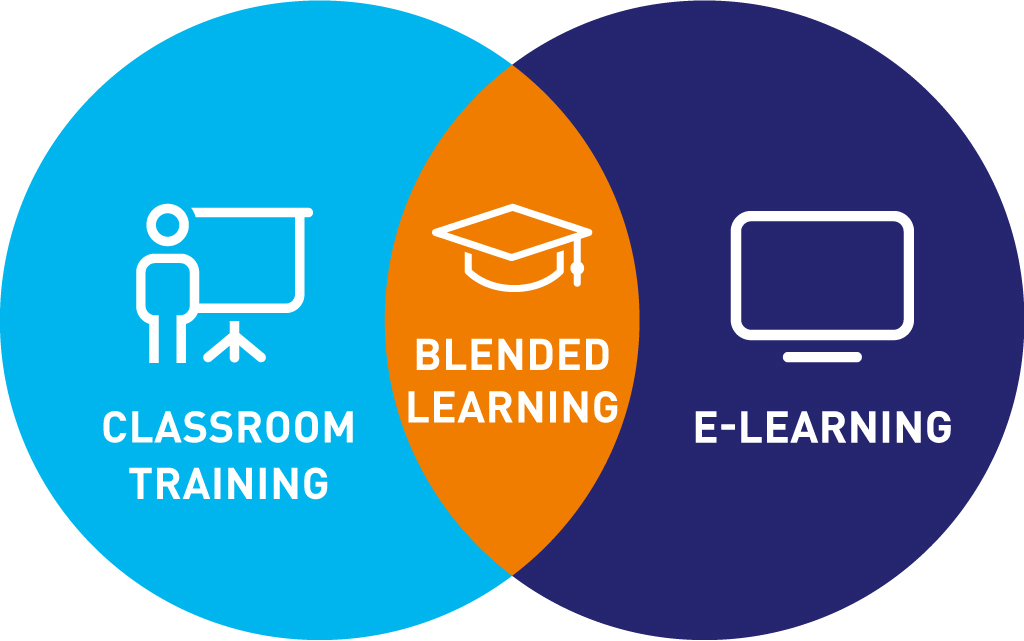



Modern Educational Strategy will vary for various audiences in various organizations, but I believe that we can all look at the epidemic and actual acceleration of digital technology as a shared human communal experience. The fact that we had this type of global shared event where we were all forced to become, in the space of a few days, not tech experts but highly tech-smart, really hit the L&D teams.
The L&D/HR team needs to get better at tech and be tech Centric. Many will argue that a modern organization’s strategy must be centered on technology for it to be effective and it’s hard for me to disagree with that. I believe that technology has a very important place and if you can employ technology properly with good intentions that is the real secret to success. The most important part is we kind of lost the human element during the pandemic, where we are now all locked away for a certain amount of time, we come out, we go back in, there are various lockdowns, so I don’t think we’ll ever enter into this, not just in terms of technology, but also in terms of how we blend the human element of that.

More than before, we have a lot of digital technologies, particularly in the independent sector, which affects both your personal and professional lives. Many of us utilize Social media in our personal lives, Tick Tock, Instagram, Twitter, and so on and if you look at the industry’s tail end, they really had to adjust and ask, “Okay, How do we accomplish the same thing as these technologies, which are people using on their own time?” In my opinion, a modern strategy should therefore emphasize both the human element and the proper use of technology. When I say “focus on the human,” I mean how can you still have those relevant human experiences in the forms of coaching and mentoring and still engage in those activities that we do as humans? After all, technology is not a silver bullet and it won’t take the place of everything we do in terms of connection, sharing of experiences, and actually engaging in those activities.
Therefore, a Modern learning strategy should consider digital as a vital component that needs to be blended with the current learning strategy. Always keep in mind, that there is a layer outside that recognizes the human being and you do not want to turn your people into a product. You don’t want to exploit them as a product rather than engage in genuine interactions.
We know how Google, Amazon, and other tech corporations truly value the fact that digital technology has its potential. And while they can offer tools to assist with short-term issues, they are also aware of the importance of long-term skill development or behavioral building, or purposeful learning.

For example, let’s imagine you wish to mentor or coach someone to improve their proficiency in a particular skill. However, what it encouraged them to do and what those organizations encourage people to do is to take in what they’ve learned from those resources and then look for people with human experience who can coach them. Alternatively, I’ve seen other companies from a leadership perspective say, “We’re going to give you a bunch of contexts or content even on coaching, you know, what it means what it does, but then what we’re going to do about that training.
Many of those large tech firms can tell us, that they can train their employees to a certain level in the digital sphere with course catalogs and on-demand content, but in reality, when it comes to applying for a particular role at my organization, that’s where we offer them the human support. Major organizations, as part of the training, are connecting employees with other humans who are doing the same role to offer them a human blended experience. We can unquestionably look to them for such inspiration and ask ourselves, what could we possibly do differently?
Being in the L&D space for quite some time, I have noticed several groups or teams that had not changed much in the course of time. They have continued to perform the same L&D duties as order takers. I always compare it to a McDonald’s drive-through because they always do the same thing. The organization will enter and say, “Give me my normal cheeseburger and fries,” for example. They essentially serve as order takers. There is a predetermined menu; this is what you receive. And we can only provide you with this. That’s also pretty stable. And occasionally, that works, right?
If we use compliance training, as an illustration, it helps people because it is based on protocols for various external factors. Therefore, having some stability is beneficial, especially for a company’s brand. However, when I consider Dynamism, I often consider agility and I’ve been practicing a lot in my own work and trying to figure out how to move things along.
Consider that we are now working on solutions to user complaints, but they won’t be available for a year. Therefore, the user will receive no support at all for the entire year. And by the time something is made public, it is already too late; the individual has probably grown up, discovered the solution, or moved on. And that issue may or may not still exist.
However, dynamism is the capacity for quick movement. The approach in work should be agile manner, and try to accomplish that in short intervals (ex. Two weeks). This may frighten some individuals who are in L&D and might think, “Oh my God, this guy’s crazy talking about doing something in two weeks.” But in the world of today, we actually have a fantastic ability to develop and curate content quickly and to put it together in a meaningful way that can reach the user and fits exactly as you would have. Technologies like Digital adoption solutions aim at solving this bottleneck.
The objective is not to release a flawless product right away. We should adopt a minimal viable product approach or MVP. “How can I get something out today that’s going to assist people? But I can keep making changes”. Week after week, month after month, it will be solving the bigger problems. Furthermore, you are making a difference when needed.
I’m always telling people to really test and learn, I mean, test and learn is the biggest thing I can say to people, so if you’re thinking about an idea and you’re not sure it’s going to work, just test it with a small segment of your organization within your team, or not. And definitely, with that article, in terms of there needs to be striking that balance with striking that balance, it’s going to be different for you, depending upon your work culture. You’ll discover that you may then begin to bring such levels of stability.
Most certainly. Although everyone loves to, there is no magic solution. The best advice to start with revolves around simply being the data lead in your organization and having a thorough grasp, which is really important for everybody in general. The fundamental question when discussing upskilling or reskinning frameworks is: Can you enter your organization now? and Can you identify the five to ten common abilities that everyone in that organization needs to succeed? You’ll discover that many of them are likely to be more human skills. These include adaptation, resiliency, looking at the technical side with digital skills, or returning to the human side with emotional intelligence. I’ve utilized a straightforward framework, that is entering the organization and looking into the data to find out what abilities people believe they lack and taking into consideration check with the L&D team, what they believe your organization requires in terms of capability and competency regardless of function. Those are the areas to give more focus on.
I communicate with a lot of contemporaries in the industry to share this opinion. It’s not like the structure they use as a silver bullet. Organizations will see great engagement from employees, great productivity, and great ROI in terms of their organization if they can do those things well and assist people in upskilling or reskilling those areas. This is because employees will feel prepared to navigate the world we live in today, which is obviously very different from what it was before the kind of pandemic and the acceleration of digital tech.
Copyright © 2025 Whatfix. All rights reserved
This website is owned and operated by Whatfix Private Limited (Formerly known as Quicko Technosoft Labs Private Limited)